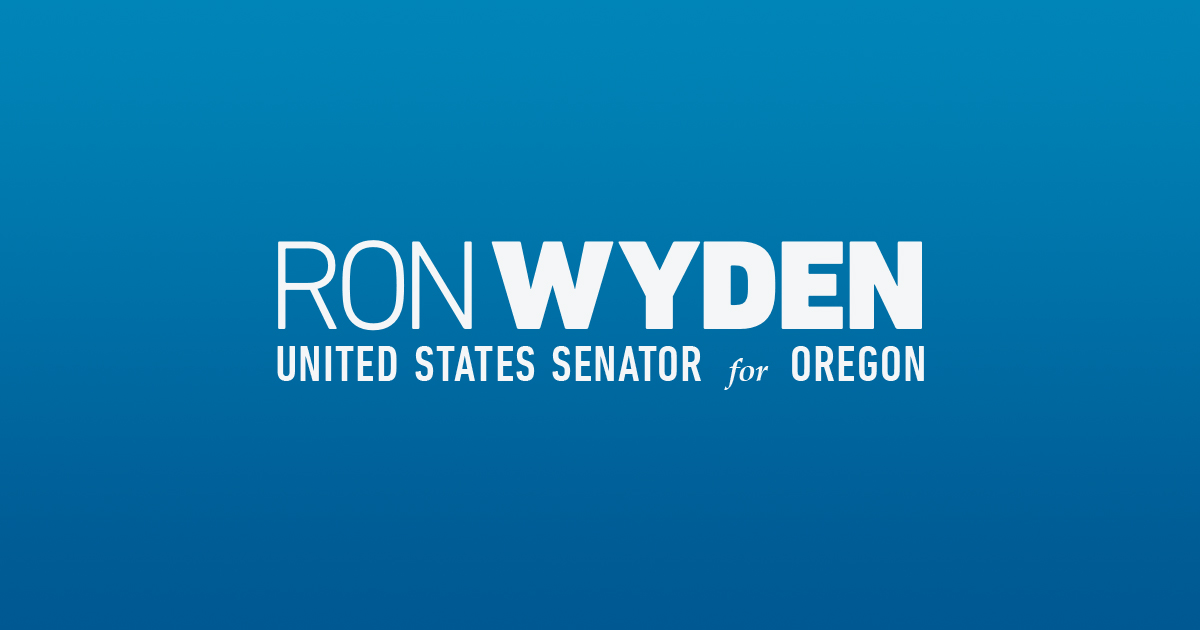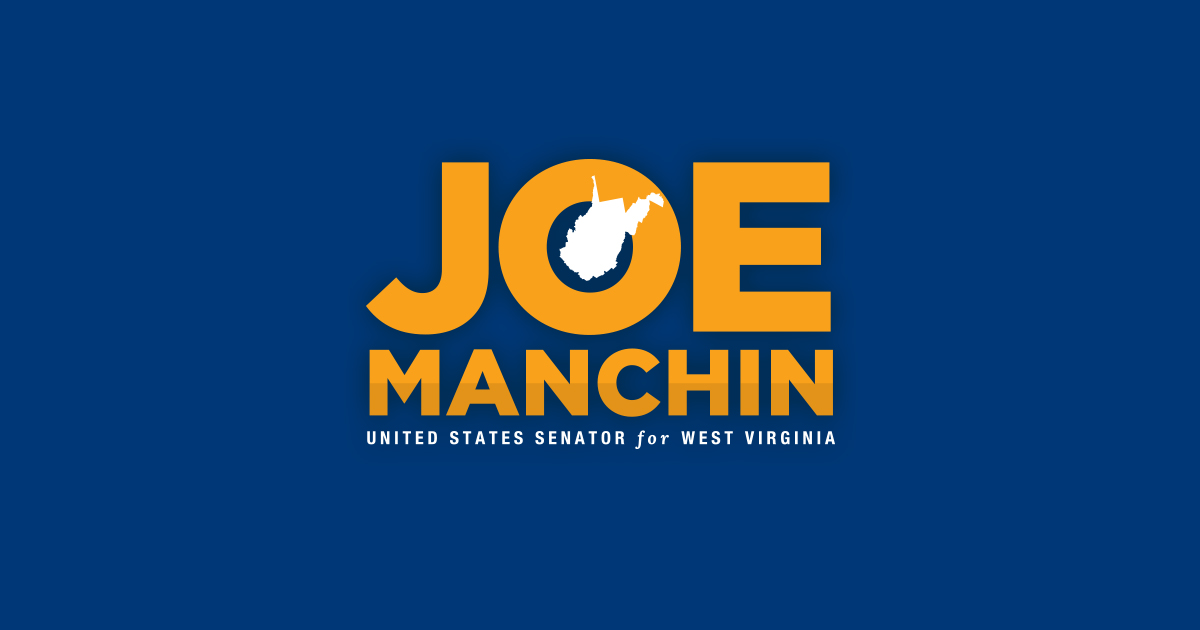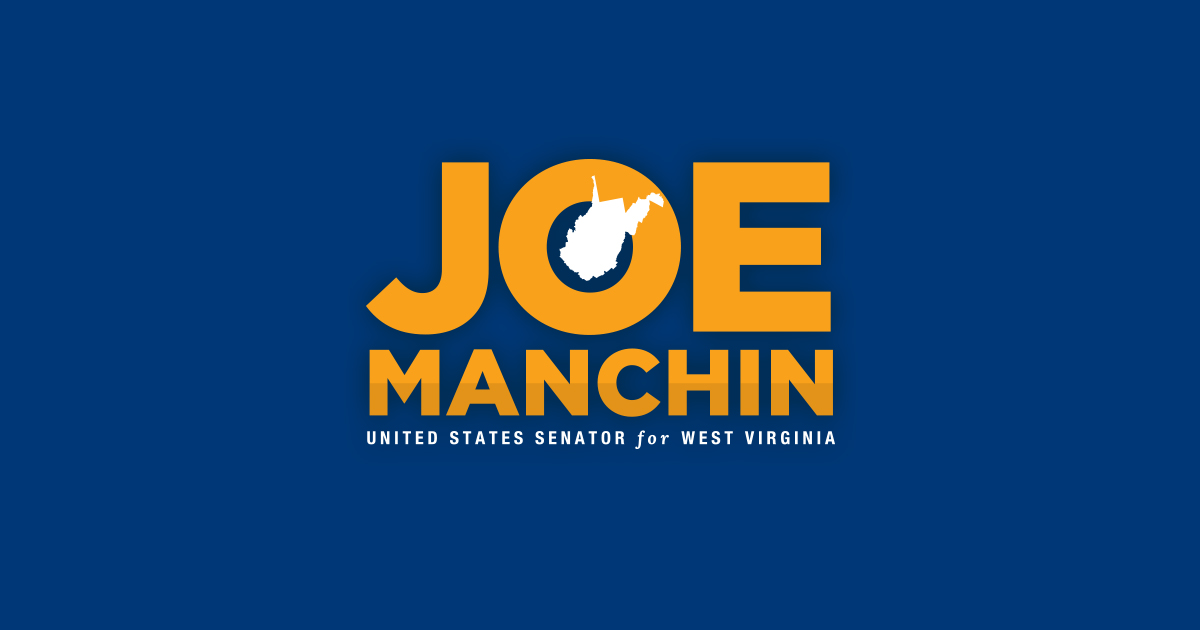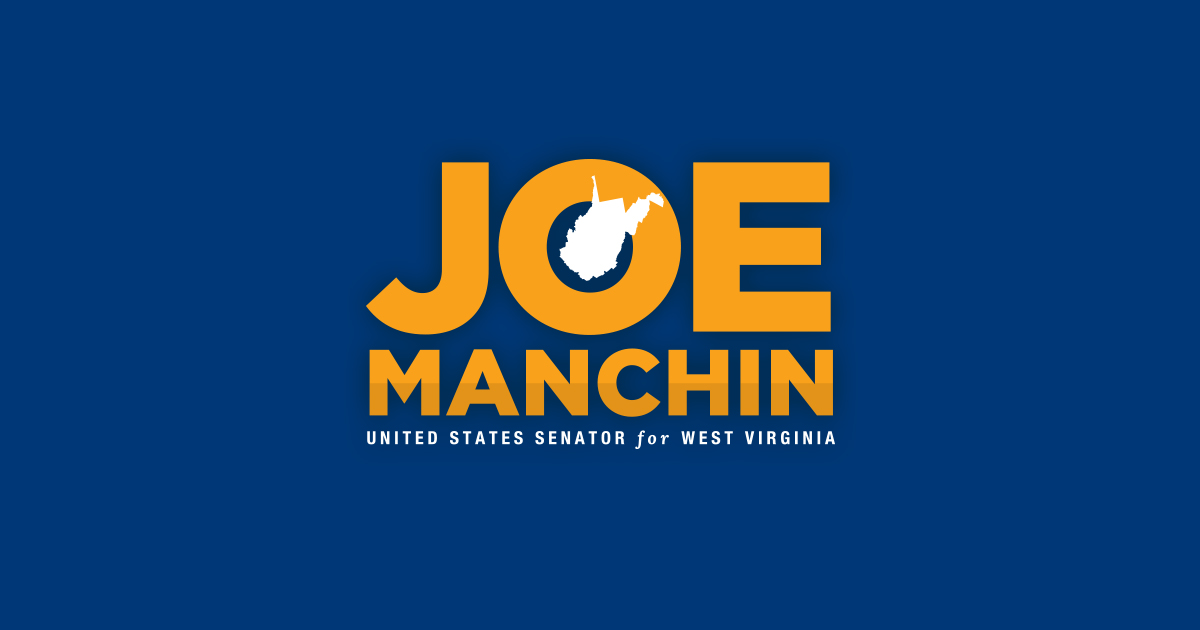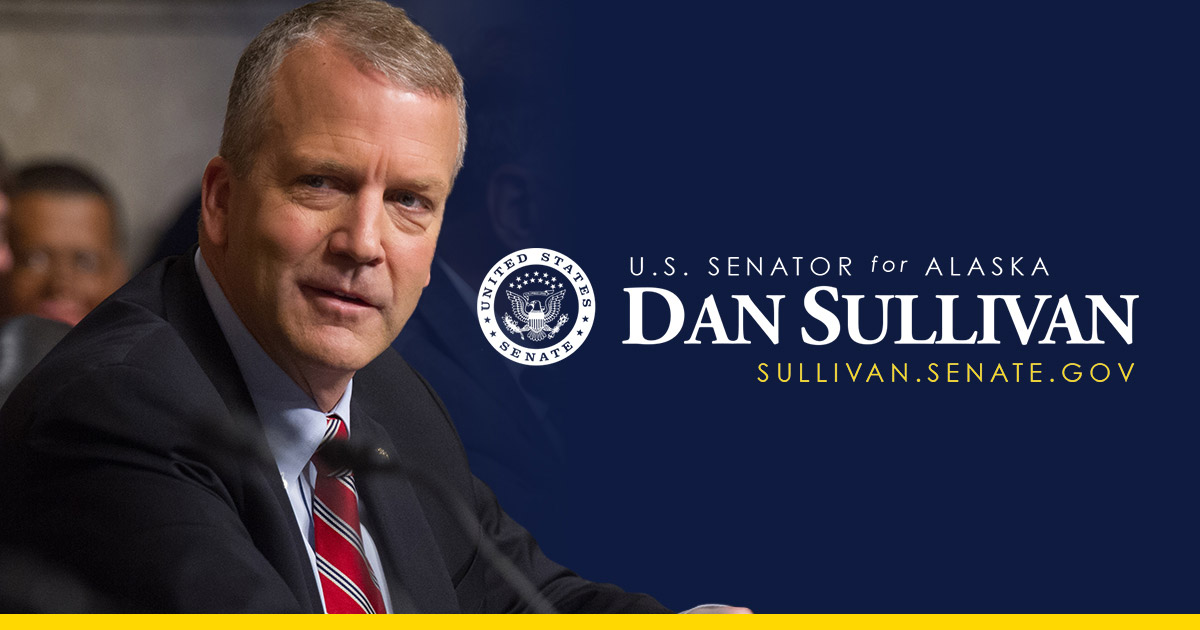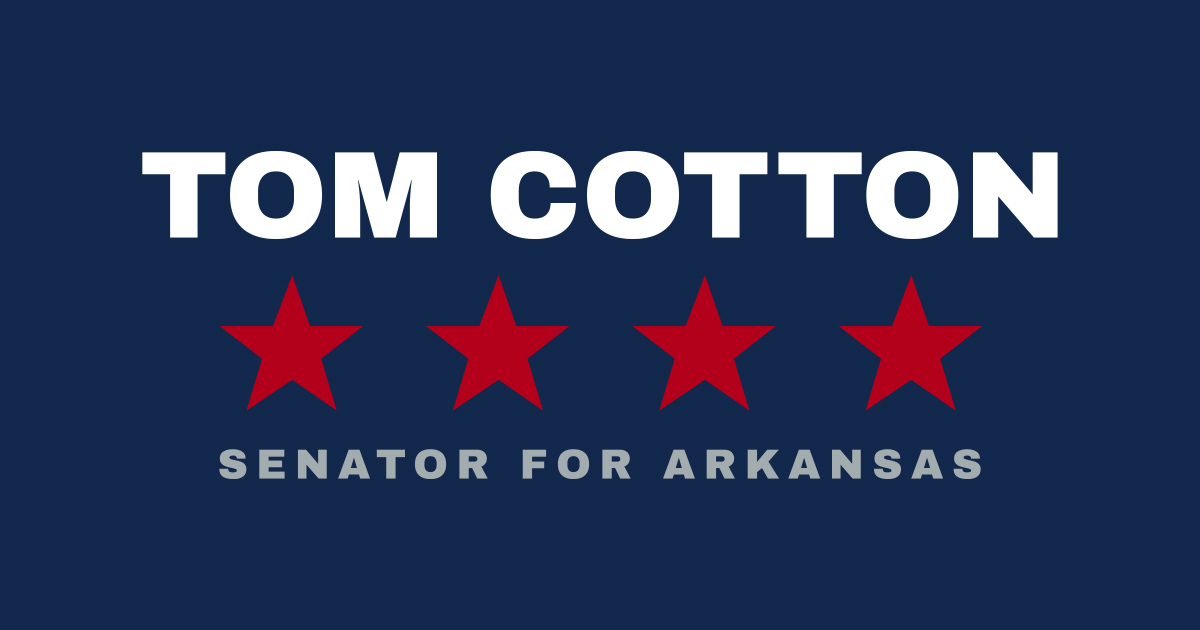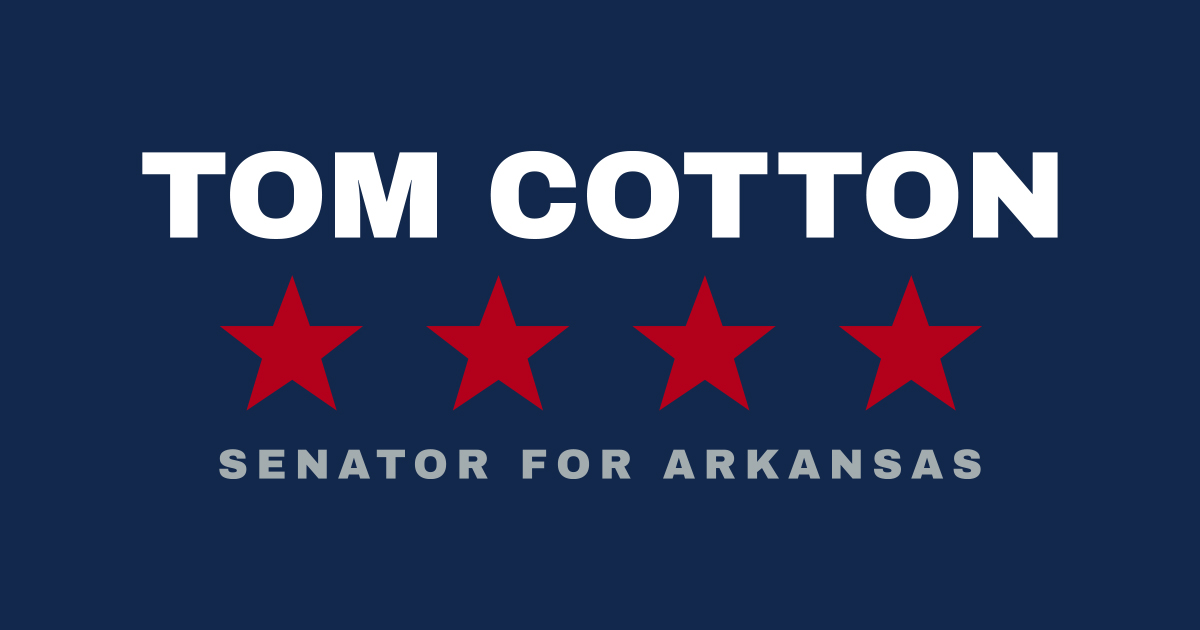Source: United States Senator Ron Wyden (D-Ore)
June 08, 2023
Watch a video of Wyden’s floor remarks here
Senate speech amplifies Wyden pressure last week on FDA and DEA on ADHD drug shortage hitting Oregon and nationwide
As prepared for delivery
America is facing a medication shortage crisis. People can no longer count on their medications being available at the pharmacy counter when they need them. But it’s actually worse than a simple shortage – it is, in particular, that America does not have access to an adequate supply of affordable generic drugs that can be stocked by our pharmacies.
I’ve heard from parents throughout Oregon whose kids are sick with strep throat that they are scrambling from pharmacy to pharmacy trying to track down basic antibiotics.
These concerns are especially acute in rural parts of the state because of the long distances families must drive if their community pharmacy can’t meet their needs – and that is exactly what is happening because of this national crisis.
There are cancer patients who can’t get treatment because the medication they need is in low supply. With cancer, every second can matter. In many cases people will die if they are not treated. That makes this crisis literally a life or death crisis.
There are folks suffering from ADHD who can’t get their hands on the safe and effective medication their doctor prescribed to help them function at school, work and at home.
A pharmacist in southern Oregon tells me that one of their patients went without their medication for almost two months and it started to undercut his ability to complete his daily tasks and routine.
Derailing these lives, young and old, due to a generic drug shortage is simply unacceptable in the richest country in the world.
This crisis is hurting many people in many places across the country, But as I said before, it’s especially stark in rural America.
Independent pharmacies are essential in serving rural communities in Oregon and nationwide. And these pharmacies can’t always afford to keep name brand name drugs stocked, especially during a shortage. They rely on affordable generic medications so they can serve their customers and stay in business.
And the travel I mentioned before from pharmacy to pharmacy to try to get needed medication is no small challenge. For my town halls in Eastern Oregon at the end of this month, the distance between small towns in that part of the state is often measured in hours, not miles or minutes.
So if you live in rural Oregon and your local pharmacy lacks your medication, you must find the time – and the gas money – to travel anywhere from sixty to ninety minutes to the next-closest pharmacy and hope and pray that the medication hasn’t been sold to anyone else before you get there.
These commute times are even longer in the winter months when the weather conditions can be dangerous.
I heard a story recently about an Oregonian who went to the pharmacy every day for two weeks to try to get that day’s shipment of the prescription they needed. Every day. That’s a lot of time spent, on top of working and taking care of a family, trying to get your basic healthcare needs met.
This is only going to get worse as pharmacies across Oregon continue to close.
Shortages of these generics have also generated a domino effect, causing shortages of alternative medications to treat ADHD and other conditions that may themselves be less effective. And let’s be clear, in some cases there is no domino effect because some generics don’t have any alternatives at all.
I asked a pharmacist in Eastern Oregon to share with me how this has affected the people she and her family serve.
She told me she has many customers who took medications that were working great, until this shortage started. So now a patient’s doctor will write a prescription for another medication, and then change the patient back to the original preferred medication – the one that’s been working for them – when it’s available. In essence, doctors are forced to lurch their patients back and forth between different medicines with different effects.
Another rural patient in Oregon was receiving the generic for Adderall at a 30 milligram dose, which suddenly wasn’t available. Their insurance wouldn’t pay for the name brand drug, so the patient was forced to take a lower dose of the generic version. This person has to change their medication each month, not based on their medical needs but depending on what their rural pharmacy can provide.
And then because ADHD medications are Schedule Two drugs, prescriptions cannot be transferred between pharmacies. If a person’s medication isn’t available at their local pharmacy, but is available at a pharmacy that is ninety minutes away, patients in this situation must double-back to their doctor to get a new prescription before they can even start driving to the more distant pharmacy.
Sometimes this means the patient has to physically drive to the doctor’s office and pick up a hard copy of the prescription if the doctor isn’t registered with the DEA to prescribe these drugs electronically. A rural pharmacist told me that this happened this week with a patient who was forced to drive from Heppner to Pendleton – which is a one and a half hour drive – to pick up the physical paper prescription. And then they still had to make the drive to the pharmacy.
Now, there are many reasons why we are seeing these shortages. But when it comes to the ADHD medication shortage specifically, part of the problem may be that generic drug manufacturers are not communicating clearly with government agencies who regulate the manufacturing of these drugs; and neither generic manufacturers nor the relevant federal agencies are communicating effectively with the public about these shortages.
The DEA – which is in charge of how much of this ADHD medication can be produced and dispersed – is telling me drug companies can make more medication any time they want to. The companies say that’s not true, and claim that the DEA is denying their applications to make more medication during this shortage. Separately, the FDA is saying it’s unaware of any denials to make more drugs handed down by the DEA to the drug manufacturers, and that the DEA has approved applications that the FDA has weighed in on.
The Secretary of HHS is required by law to post justifications when the DEA denies these kinds of applications on the FDA website, but none have been posted.
Again, companies are saying their applications to make more medicine have been denied.
So we’ve got some conflicting stories here. Something doesn’t add up, and it’s no wonder the public is confused.
The effects of this bureaucratic double-speak are landing hard on Oregonians who are asking why they’re suffering from a crisis that’s not of their making.
When I recently spoke with DEA Administrator Milgram, she agreed that greater transparency in this process would help the ongoing work of the DEA to reform the system. And I plan to hold her to that.
Transparency is desperately needed. And so is better communication. Both of which I have demanded from the agencies.
I believe the DEA and FDA have the responsibility to reach out to the manufacturers of these essential medications that are now difficult to access. These manufacturers need clear guidance on how to navigate this very complicated bureaucratic process.
I am also concerned that despite the heightened attention to these medication shortages, both the DEA and FDA appear to be solely focused on production at the national level, and they’re missing what’s going on locally at the pharmacy window. Availability of a drug might be very different between neighboring counties.
Further, it is important not just to focus on the production and availability of Adderall, but to ensure that the generic equivalents are broadly available and recognized as an important part of patient access.
For instance, a co-pay for the generic medicine could be 10 dollars. If it’s not available – and after the pharmacy spends 45 minutes on the phone with the patient’s insurance company and the patient – the name brand Adderall could be approved. But even with insurance, the patient could face a co-pay of anywhere from 75 to 200 dollars, which is simply unaffordable for so many who are then forced to make choices between groceries, gas, the light bill and their medicine. And far too many times they are forced to make their health the lowest priority.
Federal agencies also need to help manufacturers get better at reporting spikes in consumer demand for important medications that they will have a hard time meeting. And meanwhile Congress will continue working on making it a requirement for the manufacturers to report what they are seeing.
The bottom line is the FDA and DEA need to come together and provide a full explanation of how the agencies are working together to tackle this national crisis.
I have one goal in my call to the DEA and FDA: making sure everyone – no matter where they live – can get the health care they need when they need it. And right now, many Americans suffering with ADHD cannot. This hurts their daily lives, and in the worst case may lead them to use drugs not prescribed by their doctors.
So I’m going to stay at this, because this is a problem that devastates families across the United States, and it is particularly hurting my constituents in rural Oregon.
